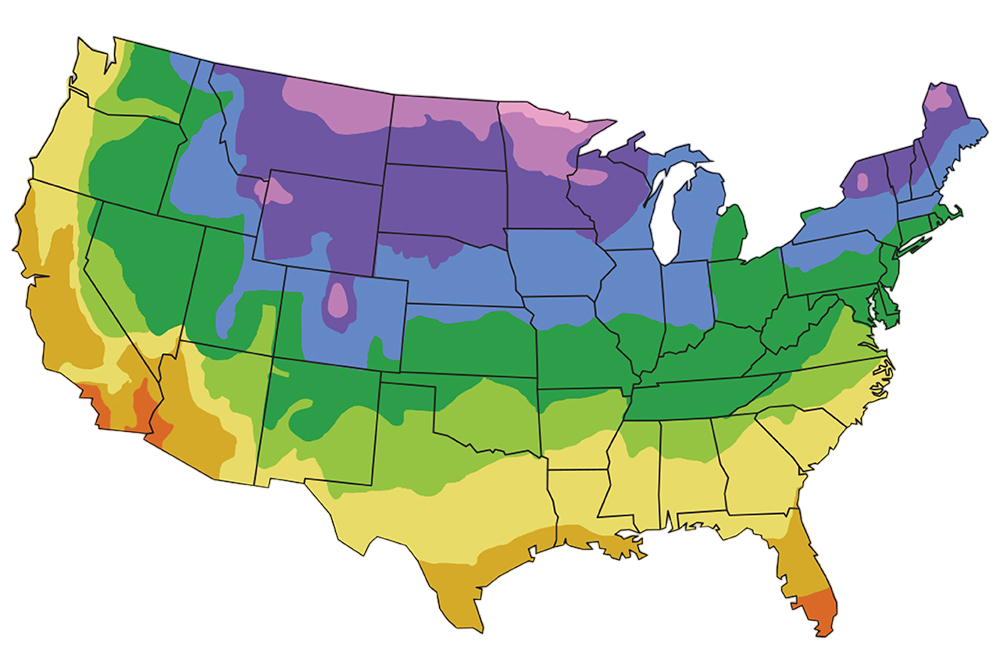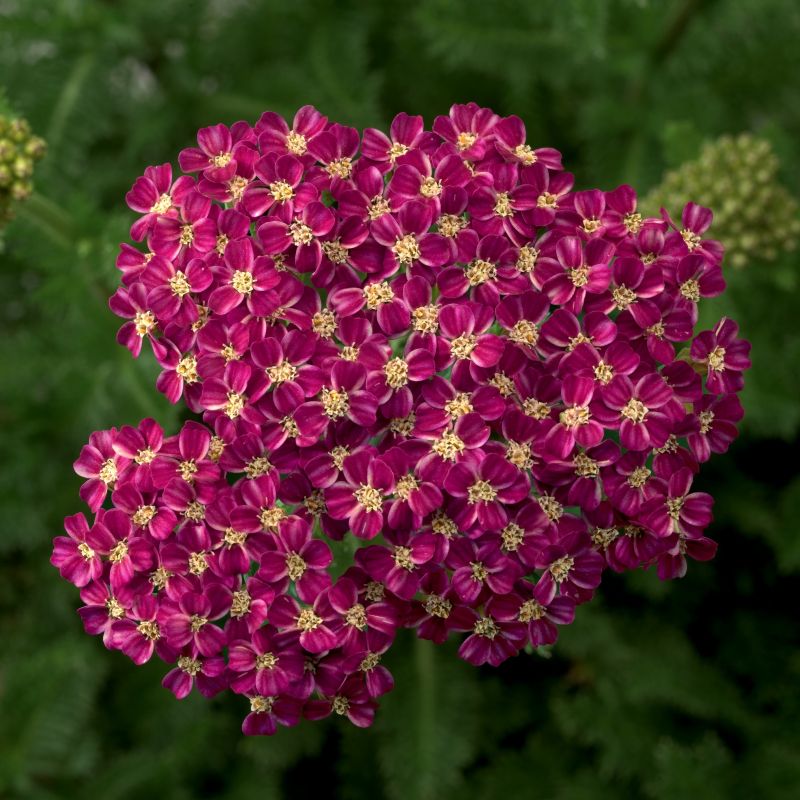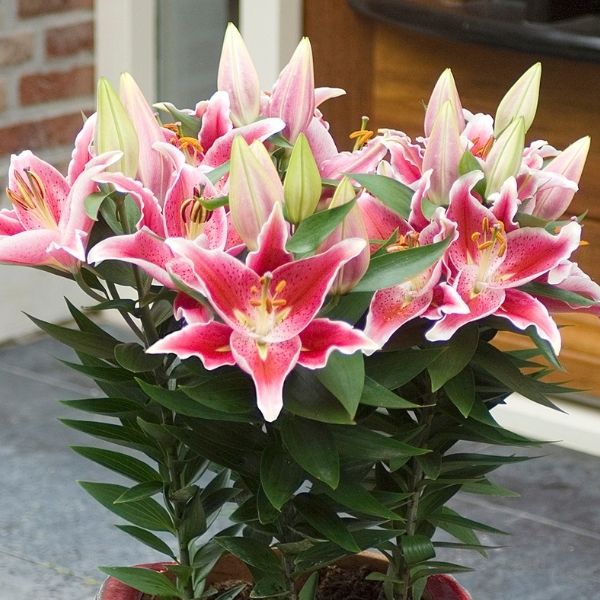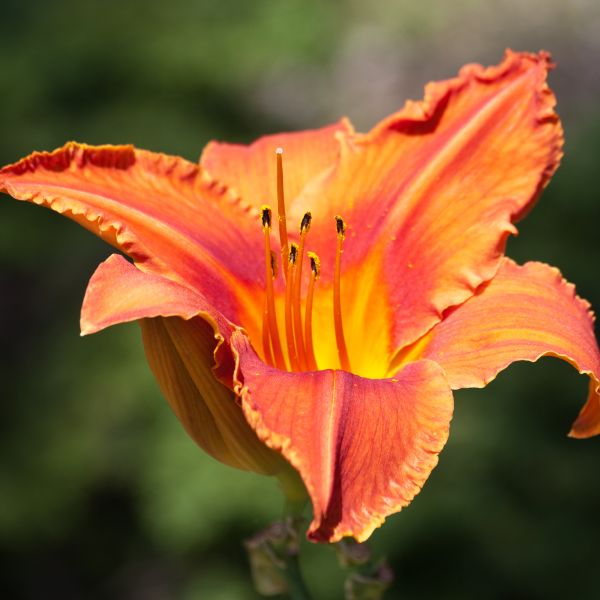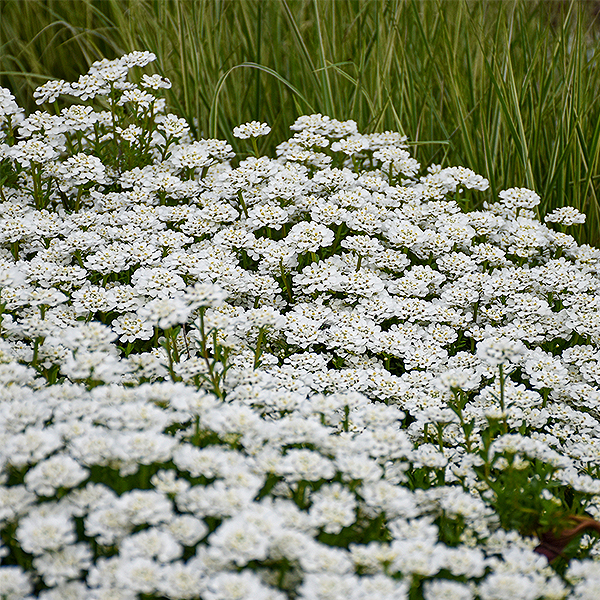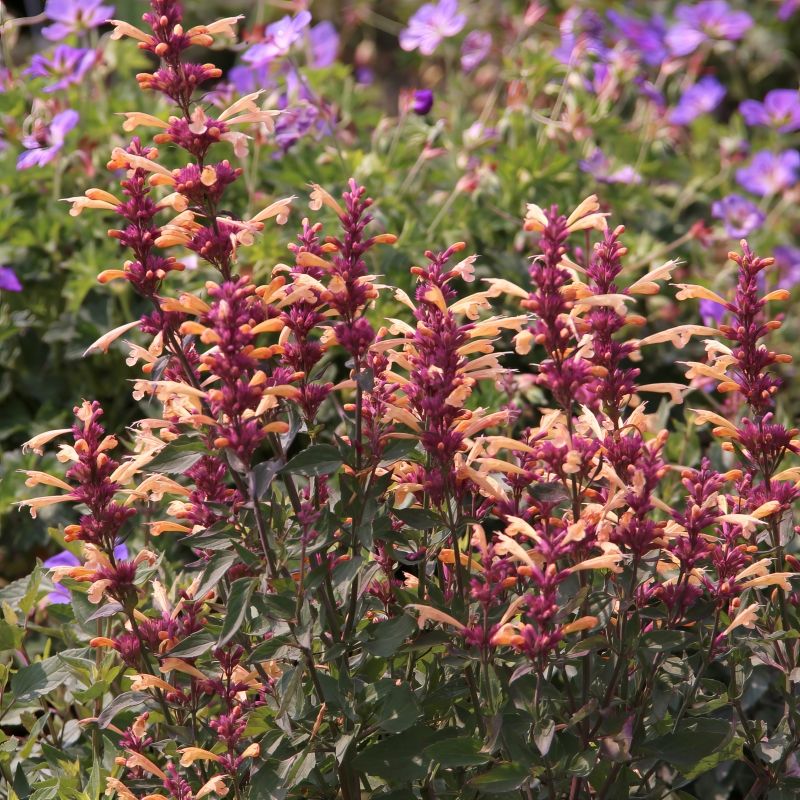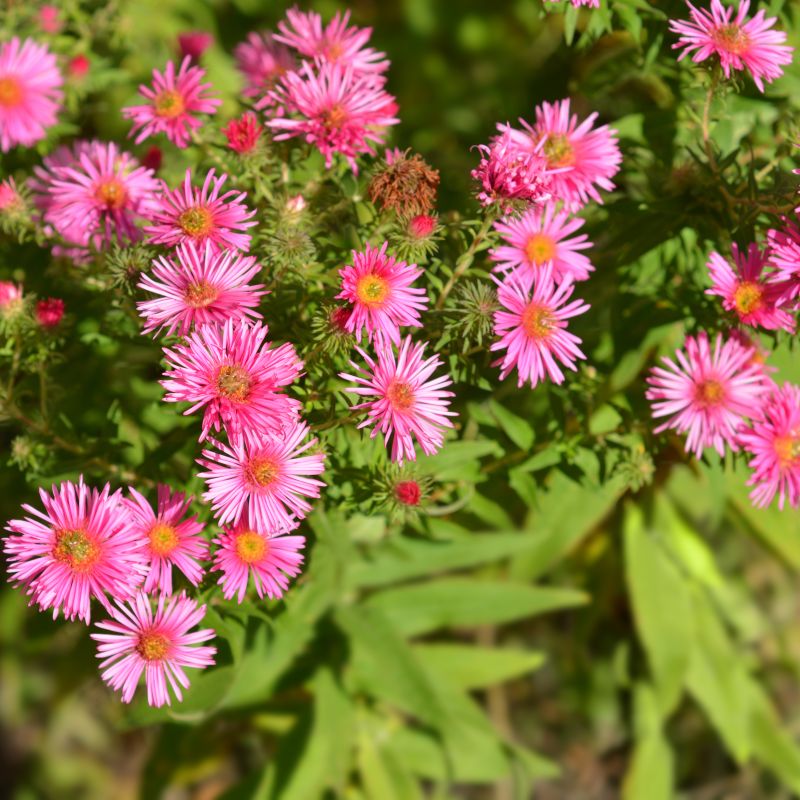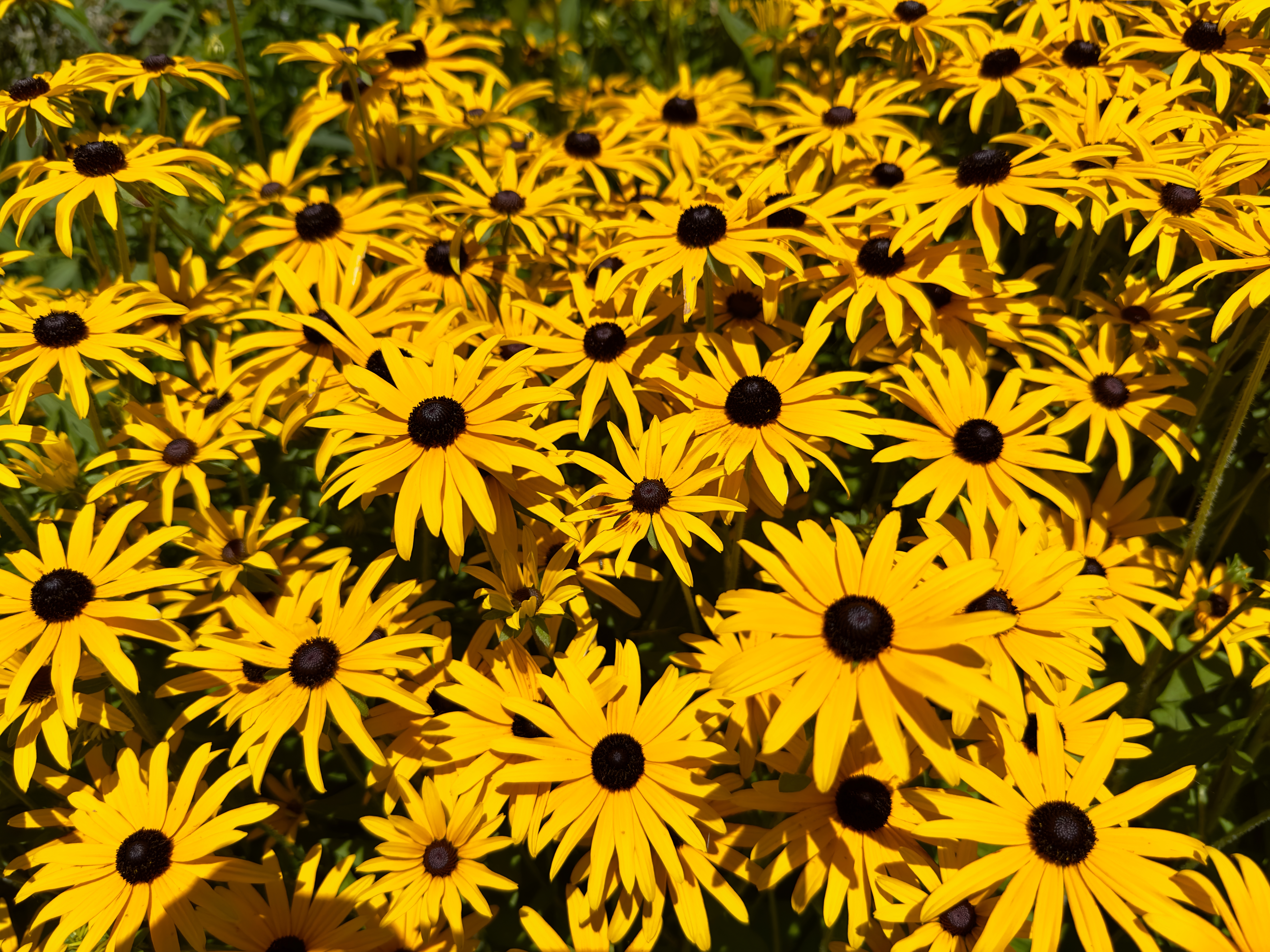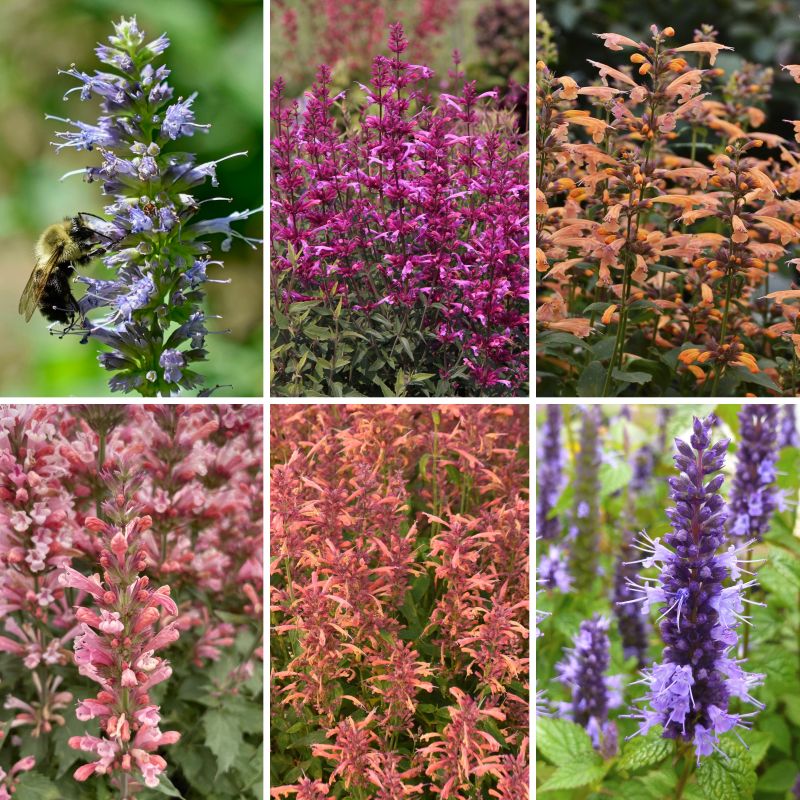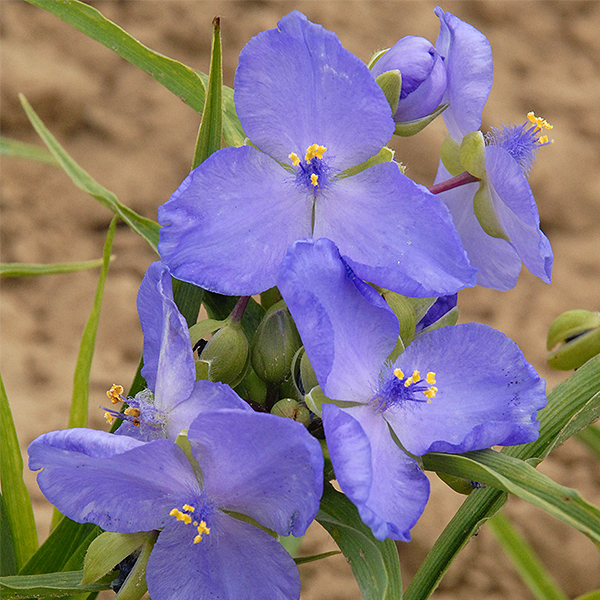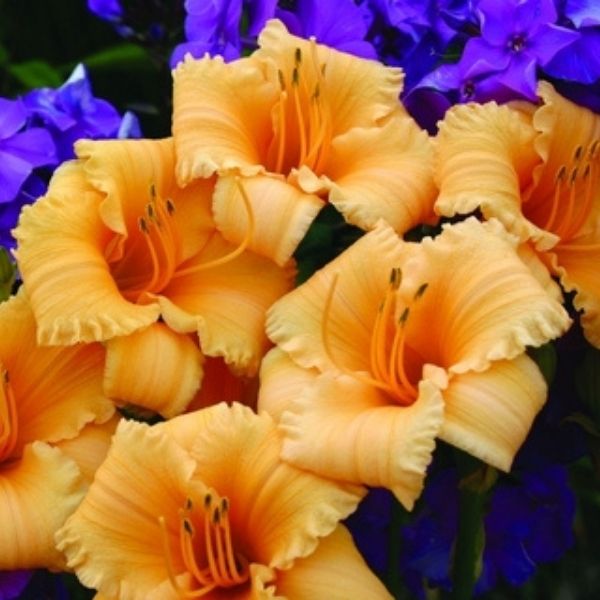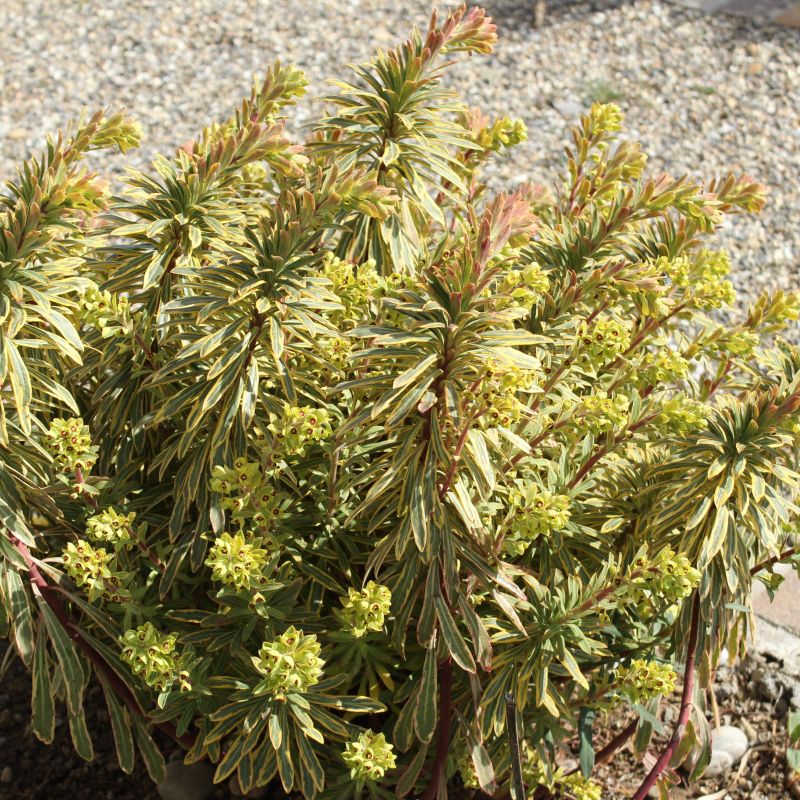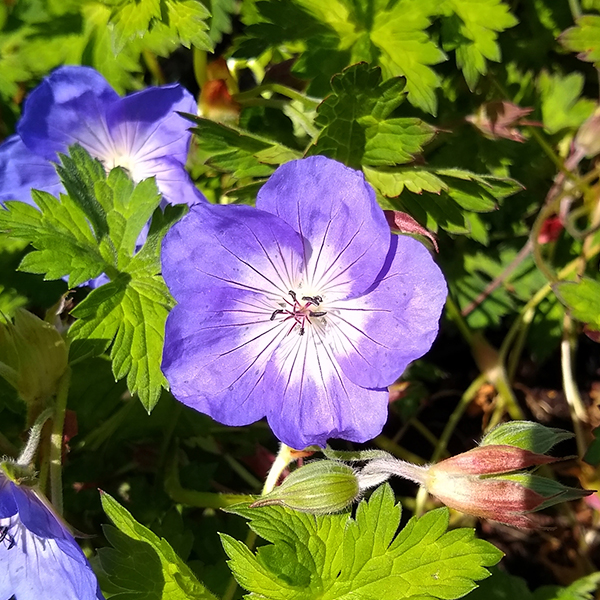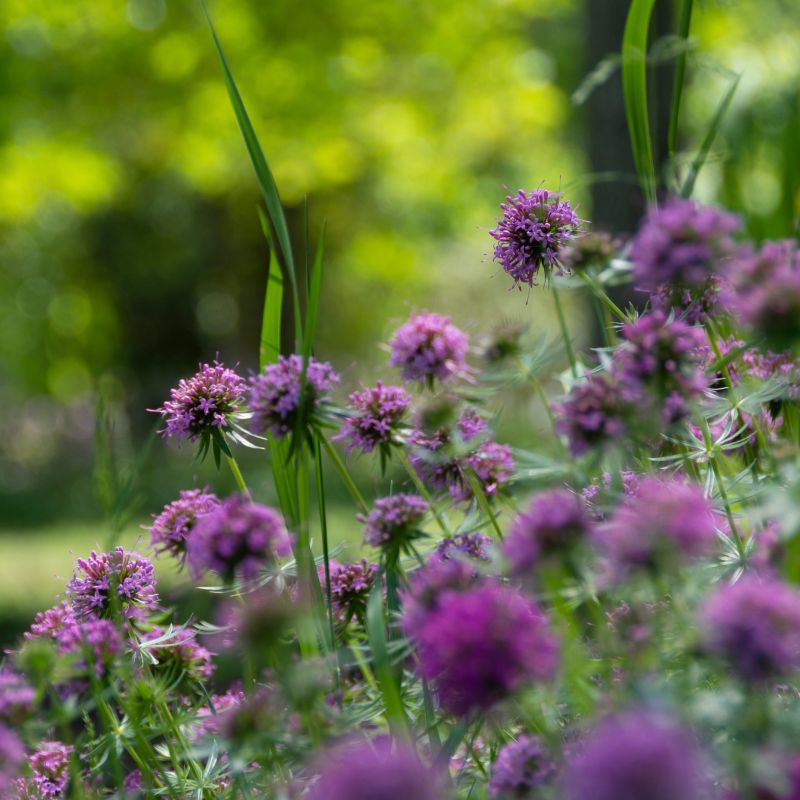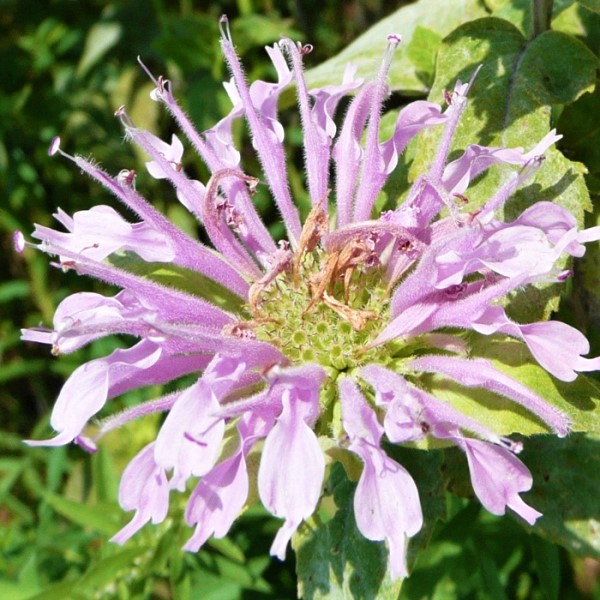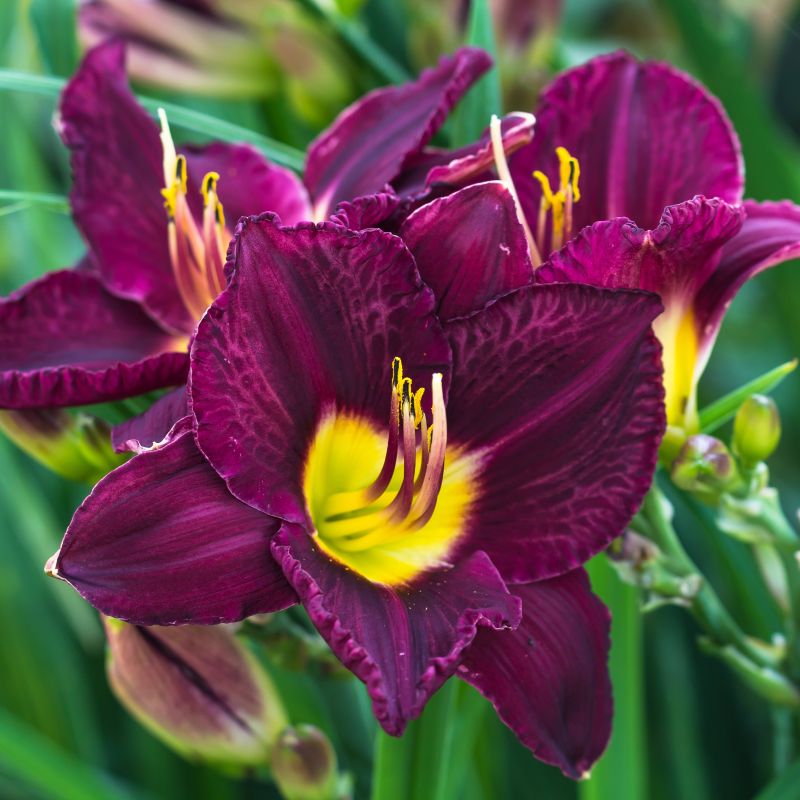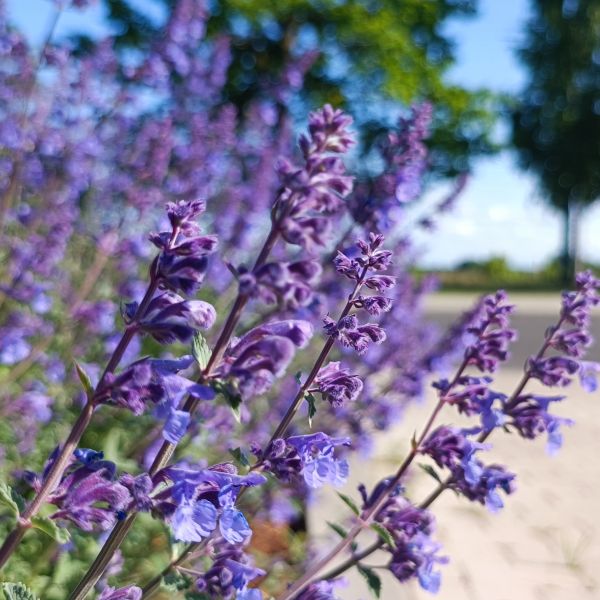
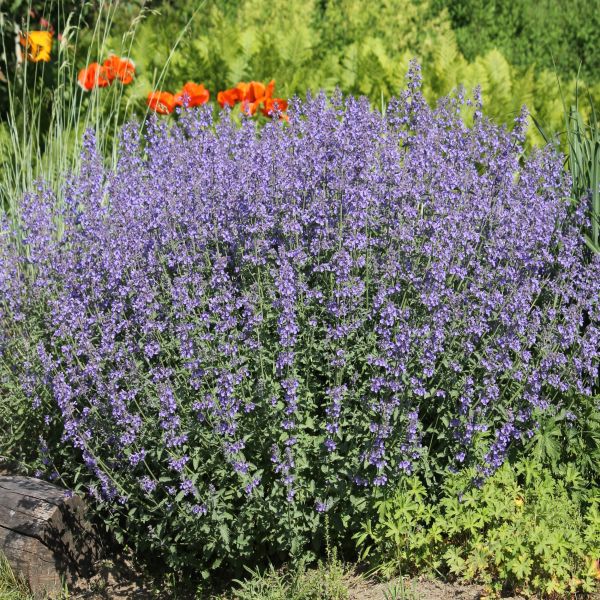
Cat's Meow' Catmint
Nepeta faassenii 'Cat's Meow'
15 reviews
Cat's Meow' Catmint
Nepeta faassenii 'Cat's Meow'
15 reviews
- Long-lasting blooms that attract pollinators like bees and butterflies
- Drought-tolerant and low maintenance, making it perfect for beginner gardeners
- Fragrant foliage that repels pests and deer
$42.00
$61.00
30% Off
- Ships to 43215 in 3 to 7 days
- Free Shipping Over $150
- Plant Arrival Guarantee
- In Stock
- Free Plant Consult
$200
Quart Container
Why Cat's Meow' Catmint?
Cat's Meow Catmint is a compact, dense perennial that produces an abundance of vibrant blue-violet flowers in the summer. This low-maintenance plant is highly attractive to butterflies and bees, making it a great addition to pollinator gardens. With its aromatic foliage and long blooming period, Cat's Meow Catmint is a beautiful and beneficial plant for any garden or landscape.
People who loved this plant also bought
Sunlight
Cat's Meow Catmint thrives in full sun, meaning it requires at least 6-8 hours of direct sunlight per day. This perennial plant is known for its vibrant purple flowers and aromatic foliage, making it a popular choice for sunny garden beds and containers.
Watering
Cat's Meow Catmint requires regular watering, especially during hot and dry periods. It is important to keep the soil consistently moist but not waterlogged. Water deeply to encourage strong root growth and avoid overhead watering to prevent foliar disease
Fertilizing
Cat's Meow' Catmint prefers well-draining soil with low to medium fertility. Avoid over-fertilizing as it can cause excessive growth and reduce the plant's aromatic oils. A light application of a balanced fertilizer in early spring is usually sufficient to
Cat's Meow Catmint (Nepeta faassenii 'Cat's Meow')
Cat's Meow Catmint is a low-maintenance perennial plant that produces beautiful spikes of lavender-blue flowers that attract butterflies and bees. This variety of catmint is known for its long blooming period, from late spring to early fall, providing color and interest in the garden for months on end.
With a compact and mounding growth habit, Cat's Meow Catmint is perfect for borders, rock gardens, or containers. It thrives in full sun to part shade and is drought tolerant once established. The aromatic foliage also repels deer and rabbits, making it a great option for wildlife-resistant gardens.
Whether you're looking to attract pollinators to your garden or simply enjoy the calming fragrance of catmint, Cat's Meow Catmint is a perfect choice. Easy to grow and versatile, this perennial is sure to become a favorite in your garden.
Plant Information:
| Botanical Name: | Nepeta faassenii 'Cat's Meow' |
| USDA Zones: | 3 - 8 |
| Water: | Moderate to Low |
| Exposure: | Full Sun |
| Soil Needs: | Well Drained Soil |
| Mature Height: | 17 - 20 inches |
| Mature Spread: | 24 - 36 inches |
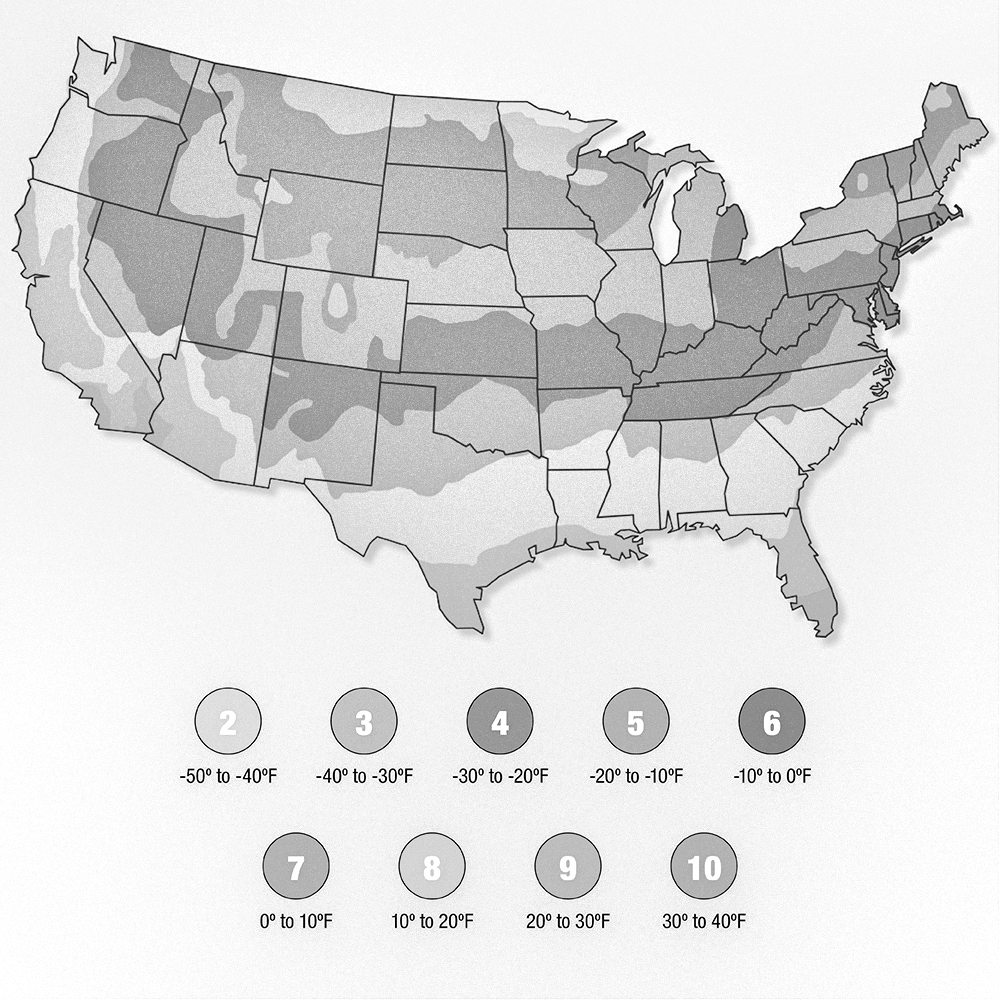





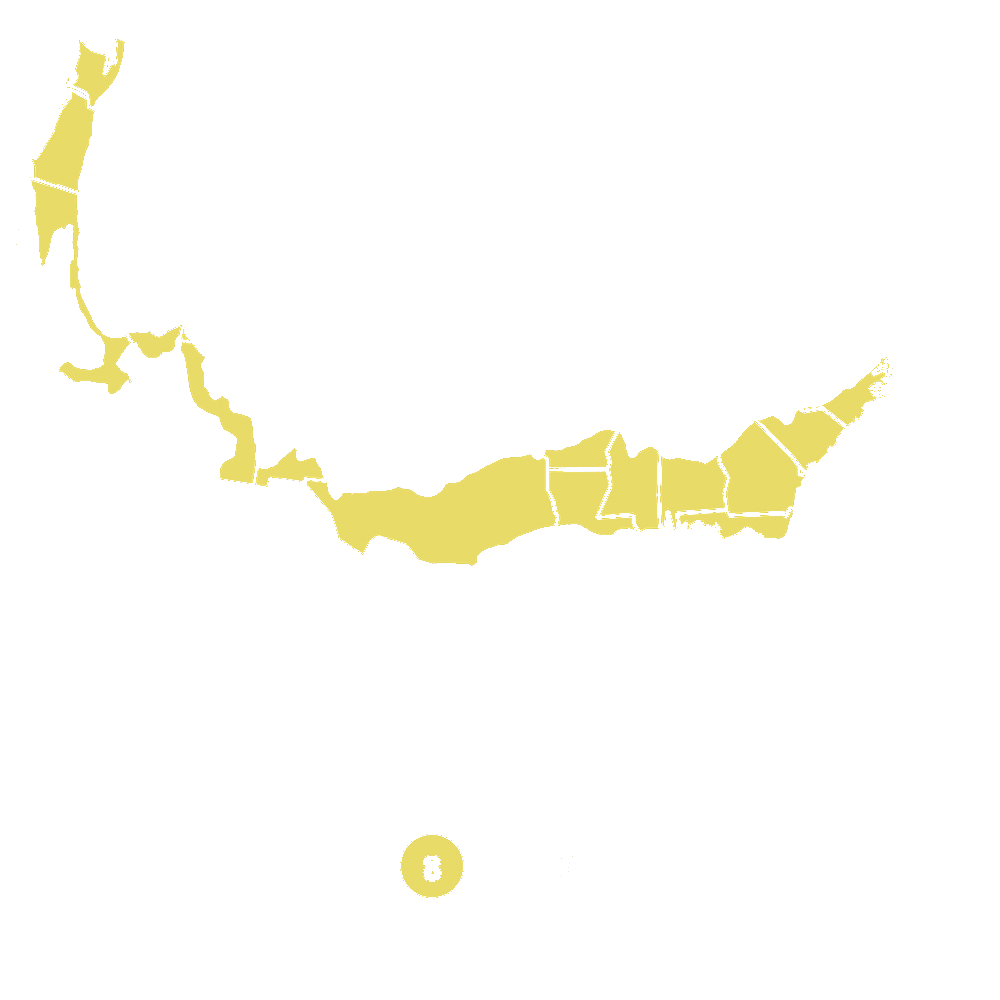
Pollination Info
Cat's Meow Catmint (Nepeta faassenii 'Cat's Meow')
Cat's Meow catmint is a herbaceous perennial plant that is known for attracting pollinators such as bees and butterflies. Here is some detailed pollination information for Cat's Meow catmint:
Pollination Type:
Cat's Meow catmint is pollinated by a variety of pollinators, including bees, butterflies, and other beneficial insects.
Pollination Mechanism:
The flowers of Cat's Meow catmint produce nectar and pollen, which attract pollinators to the plant. As the pollinators feed on the nectar and collect pollen, they inadvertently transfer pollen between flowers, leading to successful pollination.
Importance of Pollination:
Pollination is crucial for the reproduction and survival of Cat's Meow catmint. Successful pollination results in the production of seeds, which are necessary for the plant to reproduce and propagate itself.
Attracting Pollinators:
To attract pollinators to your Cat's Meow catmint plant, make sure to plant it in a sunny location with well-drained soil. Providing a water source nearby and avoiding the use of pesticides will also help attract pollinators to your garden.
FAQ
Cat's Meow Catmint (Nepeta faassenii 'Cat's Meow') FAQ
What is Cat's Meow Catmint?
Cat's Meow Catmint is a perennial plant known for its aromatic foliage and attractive purple flowers. It is a variety of Nepeta faassenii, commonly known as catmint.
How do I care for Cat's Meow Catmint?
To care for Cat's Meow Catmint, plant it in well-drained soil in full sun to partial shade. Water regularly, especially during dry periods, and fertilize lightly in the spring. Cut back the plant after the first flush of flowers to encourage a second bloom later in the season.
Does Cat's Meow Catmint attract cats?
Yes, Cat's Meow Catmint is known to attract cats due to the aromatic oils in its foliage. Cats may rub against or chew on the plant, so it is best to plant it in an area where this behavior is acceptable.
How tall does Cat's Meow Catmint grow?
Cat's Meow Catmint typically grows to a height of 18-24 inches and spreads to about 24-36 inches. It has a compact, mounding growth habit.
When does Cat's Meow Catmint bloom?
Cat's Meow Catmint blooms from late spring to early summer, with a second flush of flowers possible in late summer if the plant is cut back after the first bloom.
Is Cat's Meow Catmint deer resistant?
Yes, Cat's Meow Catmint is considered deer resistant due to its strong scent and bitter taste, which deters deer from feeding on it.
Can Cat's Meow Catmint be used in cooking?
Yes, the leaves of Cat's Meow Catmint can be used in cooking to add a minty flavor to dishes. It is also used in herbal teas and for medicinal purposes.
Planting & Care
Planting and Care for Cat's Meow Catmint
Planting: Cat's Meow Catmint prefers full sun to partial shade and well-drained soil. Plant in early spring after the last frost or in the fall. Dig a hole slightly larger than the root ball and place the plant in the hole at the same depth as it was in the container. Water well after planting.
Watering: Water Cat's Meow Catmint regularly, especially during hot, dry periods. Allow the soil to dry out slightly between waterings to avoid root rot. Water at the base of the plant to prevent foliage from getting wet, which can lead to disease.
Fertilizing: Fertilize Cat's Meow Catmint in the spring with a balanced, slow-release fertilizer. Avoid over-fertilizing, as this can cause the plant to become leggy and lose its compact shape.
Pruning: Trim back Cat's Meow Catmint after the first flush of blooms to encourage a second bloom later in the season. Deadhead spent flowers regularly to promote continuous blooming and to prevent self-seeding.
Pests and Diseases: Cat's Meow Catmint is generally resistant to pests and diseases. However, it can be susceptible to powdery mildew in humid conditions. Provide good air circulation around the plant to prevent this fungal disease.
Dividing: Cat's Meow Catmint can become overcrowded over time. Divide the plant every 2-3 years in the spring to rejuvenate it and maintain its vigor. Dig up the entire plant, divide it into smaller clumps, and replant in well-amended soil.
By following these planting and care tips, you can enjoy beautiful blooms and fragrant foliage from your Cat's Meow Catmint throughout the growing season.
Check Out These Verified Customer Reviews:
Customer Reviews
4.6 out of 5 based on 15 reviews
Thank you! Your review has been submitted.
High quality catmint, cats love it!
Fast shipping, will order again!
The Cat's Meow Catmint is absolutely beautiful! The color is vibrant and the condition is pristine. My cats love it and it arrived quickly. Will definitely purchase again.
Item has been added to your cart.

